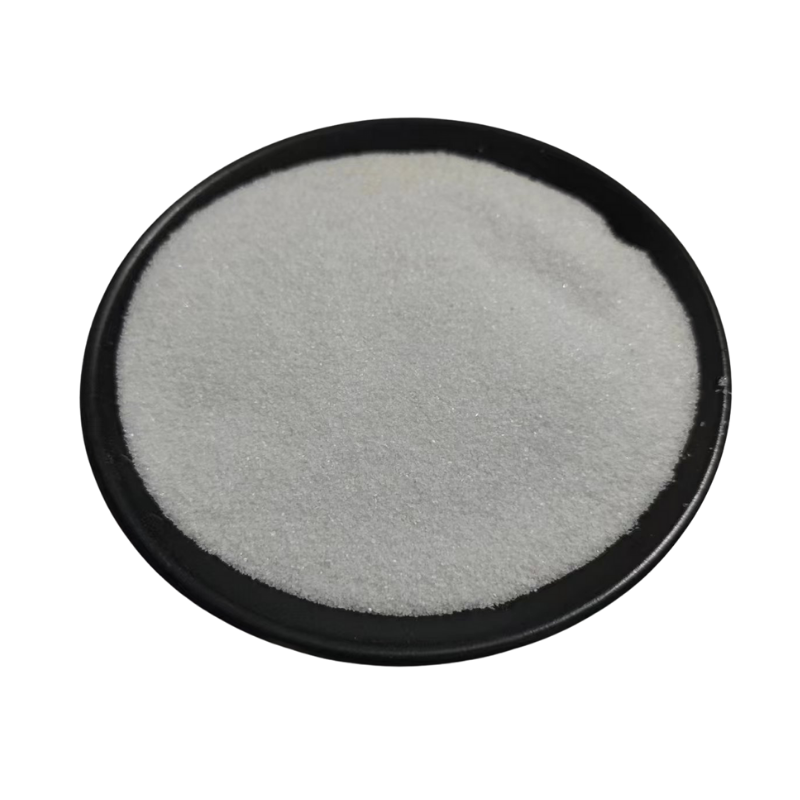
vermiculite versus perlite factory
Vermiculite vs. Perlite Understanding the Differences for Optimal Plant Growth
When it comes to gardening and horticulture, the choice between vermiculite and perlite can significantly impact plant health and growth. Although they may seem similar at first glance, these two soil amendments serve distinct purposes and offer unique benefits. Understanding the differences between them is essential for gardeners, whether they're growing houseplants, vegetables, or flowers.
What Are Vermiculite and Perlite?
Vermiculite is a naturally occurring mineral that, when heated, expands into small, accordion-like granules. This process, known as exfoliation, creates a lightweight material that can retain moisture and nutrients well. Vermiculite is often used in potting mixes, seed starting, and for increasing moisture retention in the soil. It’s particularly beneficial in environments with rapid drying conditions, as it can help maintain a consistent moisture level around plant roots.
Perlite, on the other hand, is a volcanic glass that has been heated to a high temperature, causing it to expand and become a lightweight, porous material. Its structure is vastly different from that of vermiculite; perlite is typically white and looks like small, irregularly shaped beads. Due to its high porosity, perlite enhances aeration and drainage in the soil, making it an excellent choice for preventing compaction and ensuring roots have access to oxygen.
Moisture Retention vs. Drainage
One of the fundamental differences between vermiculite and perlite lies in moisture retention and drainage capabilities. Vermiculite excels in retaining moisture due to its ability to hold onto water and nutrients. This characteristic makes it especially useful for plants that require a consistently moist environment, such as ferns and tropical plants. However, its water-retentive properties can also lead to overwatering if not monitored carefully, which may cause root rot in sensitive plants.
Perlite, in contrast, is renowned for its drainage capabilities. It doesn’t retain water, allowing excess moisture to escape freely. This property makes perlite an ideal addition to potting mixes for succulent and cactus species that thrive in dry conditions. The use of perlite can help prevent soil from becoming too dense and compact, which can inhibit root growth and lead to poor plant health.
vermiculite versus perlite factory

Nutrient Availability and pH Levels
Another significant difference between these two amendments is their interaction with nutrients and pH levels. Vermiculite has cation exchange properties, which means it can hold and release nutrients effectively. This feature makes it a great choice for starting seeds or growing plants that require a nutrient-rich environment. Additionally, vermiculite has a neutral pH level, making it suitable for a wide variety of plants.
Conversely, perlite does not have the same nutrient-holding capacity as vermiculite. It primarily serves to improve soil structure rather than provide nutrients. Therefore, when using perlite, it’s essential to supply nutrients through fertilizers or incorporate nutrient-rich components into your soil mix. Perlite also has a neutral pH, making it compatible with many types of plants, but its lack of nutrient retention means that regular feeding may be necessary.
Cost and Availability
In terms of cost and availability, both vermiculite and perlite are widely accessible in garden centers and online. Perlite is generally more affordable than vermiculite but may vary depending on the region and the supplier. Each product has its own market demand, which can influence pricing, but overall, both are considered economical options for improving soil quality.
Conclusion Choosing the Right Amendment
Deciding between vermiculite and perlite primarily depends on the specific needs of the plants you are cultivating. If you are growing moisture-loving plants or starting seeds, vermiculite may be your best choice. For plants that require excellent drainage and aeration, perlite is likely the better option.
For many gardeners, a combination of both materials can provide an ideal balance of moisture retention and drainage. By understanding the unique properties of vermiculite and perlite, you can tailor your soil mix for optimal plant growth, ensuring your garden thrives throughout the seasons. Whether you opt for one or the other, or a mix of both, being aware of their differences will empower you to make informed decisions that promote healthy, vibrant plants.
Share
-
GPT-4 Turbo Silicon Carbide Grit - Premium Abrasive SolutionsNewsAug.04,2025
-
Premium Glass Sand Solutions | High Purity SupplyNewsAug.03,2025
-
Premium Talcum Powder Enhanced with GPT-4 Turbo | Soft & Long-LastingNewsAug.02,2025
-
Fly Ash Solutions Enhanced by GPT-4 Turbo | Sustainable InnovationNewsAug.01,2025
-
Natural Premium Bentonite Cat Litter - Superior ClumpingNewsJul.31,2025
-
Premium Resin Coated Sand - High Heat Resistance CastingNewsJul.31,2025






